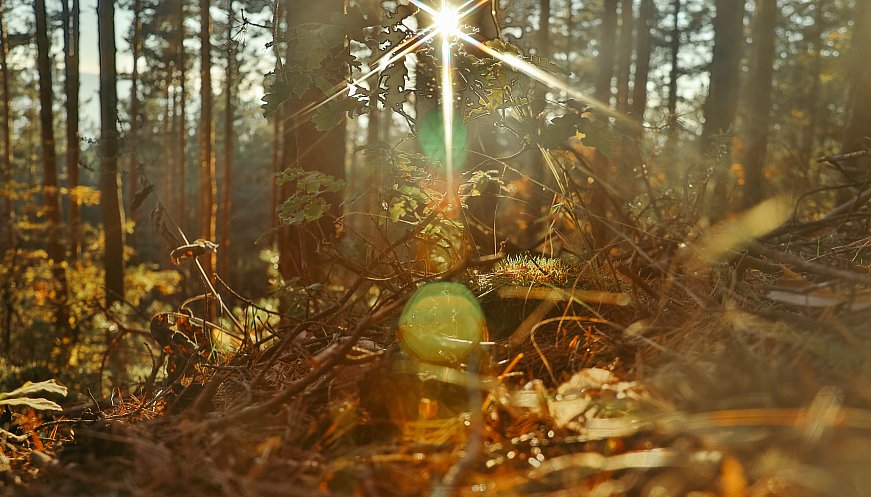 Photo: Mladen Borisov | Unsplash
Photo: Mladen Borisov | Unsplash
Indigenous oral accounts have helped scientists to reconstruct a 3,000-year history of a large fire-prone forest in California. The results suggest that parts of the forest are denser than ever before and are at risk of severe wildfires. The research is part of a growing effort to combine Indigenous knowledge with other scientific data to improve understanding of ecosystem histories. Scientists at the US Geological Survey (USGS) studied Indigenous peoples’ use of cultural burning – small, controlled fires that keep biomass low and reduce the risk of more widespread burning. The results were recently published in the Proceedings of the National Academy of Science. Understanding how Indigenous tribes used fire is essential for managing forests to reduce wildfire risk, said Clarke Knight, a USGS scientist. “We need to listen to Native people and learn and understand why they managed the landscape the way they did,” said Rod Mendes, fire chief for the Yurok Tribe in northern California. This effort is also helping to “de-colonize” the current academic models that generally haven’t included Indigenous histories.
More:














